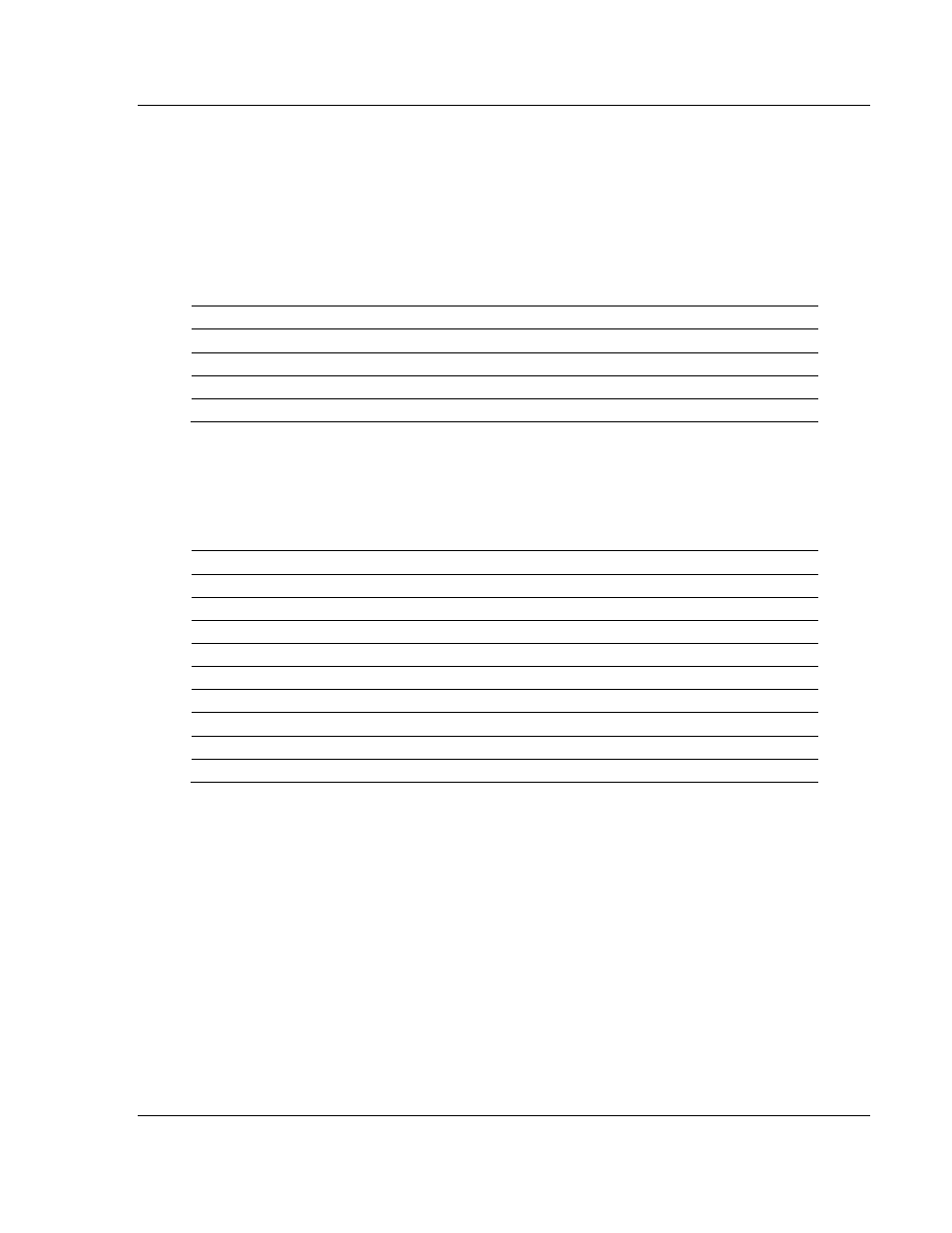Determining gain loss due to cabling – ProSoft Technology ILX34-AENWG User Manual
Page 67

Selecting Equipment
PSW-PWD ♦ ProSoft Software
User Manual
ProSoft Wireless Designer
ProSoft Technology, Inc.
Page 67 of 91
July 8, 2009
You can now select antennas based on the Calculated Gain Value of 26 dBi. The
gain of each of your antennas must be equal to or greater than this value.
More gain provides more distance. It makes no difference whether the gain is on
the Master or the Remote antenna. The available gain is the sum of both
antennas. Based on this, you could select an antenna at the Master site with a
gain of 11 dBi and an antenna at the Remote site with a gain of 15 dBi totaling 26
dBi.
The calculation now looks like this:
Gain Required:
19 dBi (5 mile (8km) distance)
Master Antenna Gain:
11 dBi
Remote Antenna Gain:
15 dBi
Total Antenna Gain:
26 dBi
Total Cable Loss:
7 dBi
7.3
Determining Gain Loss Due to Cabling
The length of the cable connecting an antenna to a RadioLinx modem or wireless
Ethernet switch affects overall antenna gain. The following table shows
approximate dB loss per 10 feet of cable.
Cable Type
dB Loss per 10 feet
RG-316 4.2
LMR195 1.8
LMR400 0.67
LMR600 0.44
LMR1200 0.23
LDF4 0.35
LDF5 0.20
LDF7 0.13
VXL5 0.22
Determine how much cable you will need by measuring the distance between
where your RadioLinx modem or wireless Ethernet switch will be placed and the
proposed location of the antenna in feet.
Repeat this process for the remote RadioLinx modem or wireless Ethernet
switch.
Now use the previous chart to determine how much gain loss you will have to
calculate when choosing your equipment. This will give you your Cable Gain
Loss.
Total Antenna Gain minus Total Cable Loss = Antenna Gain
or
26 dBi - 7 dBi = 19 dBi
You can now choose equipment based on this information.